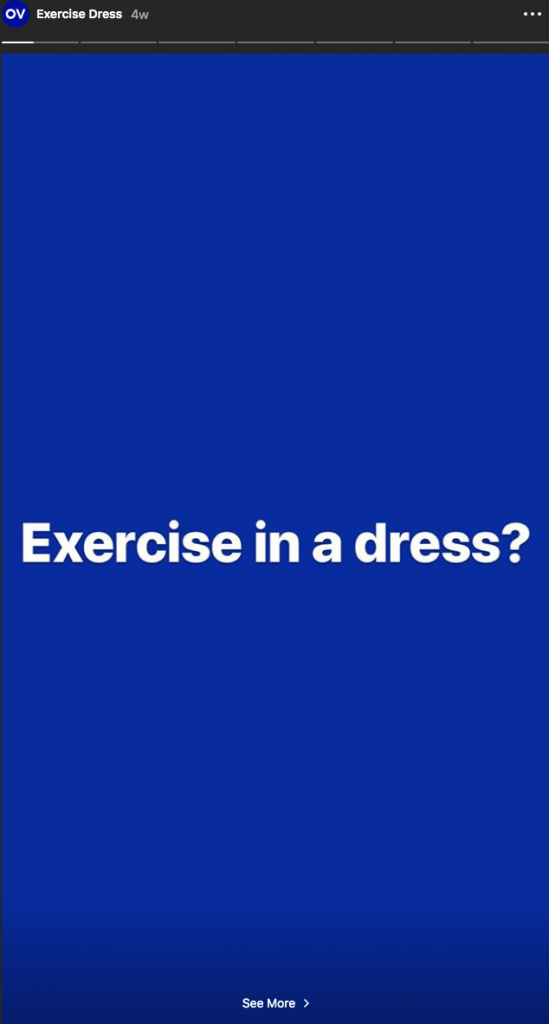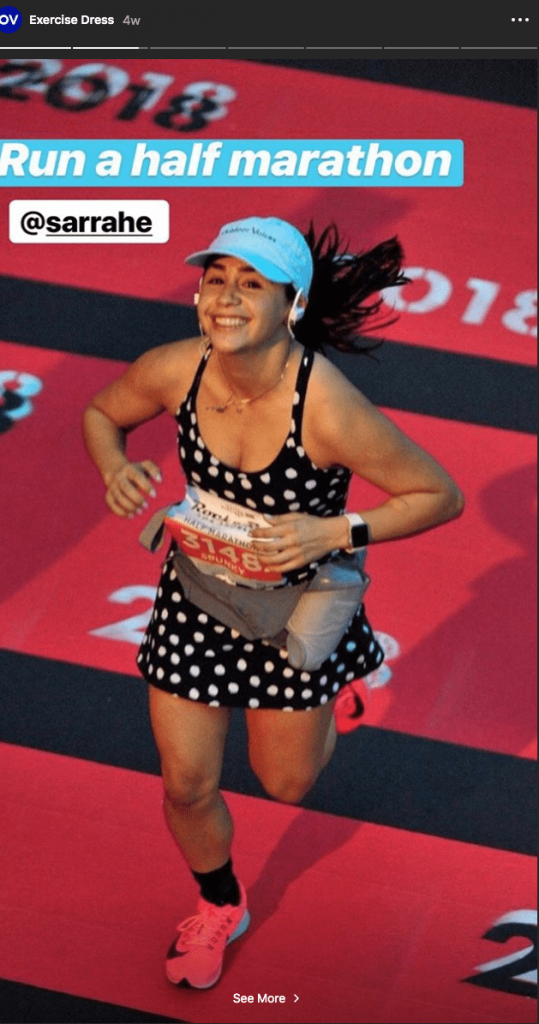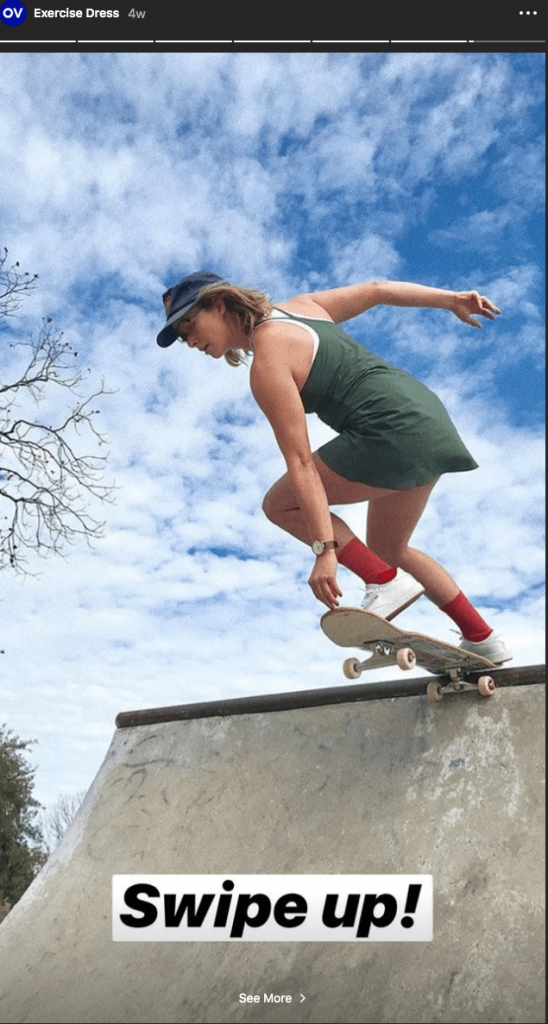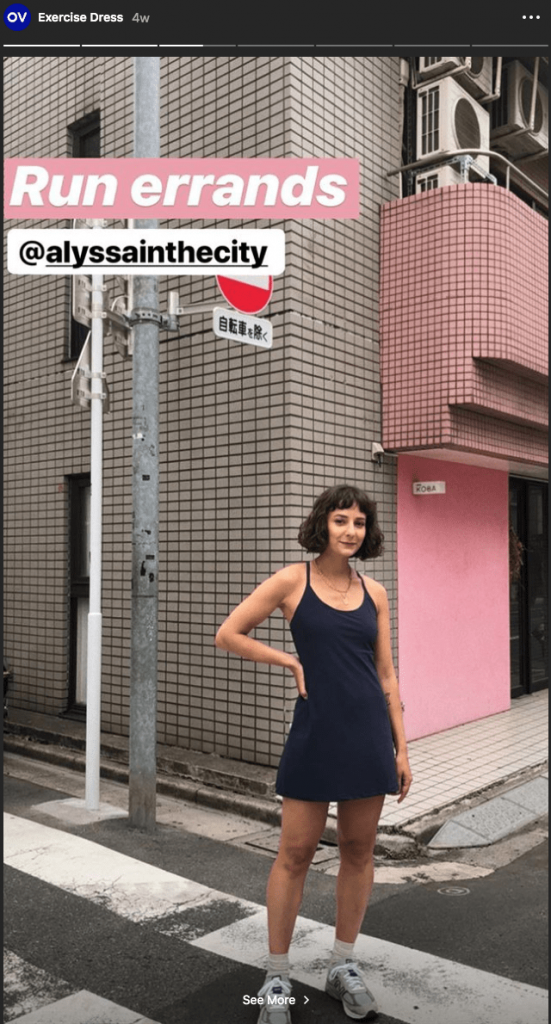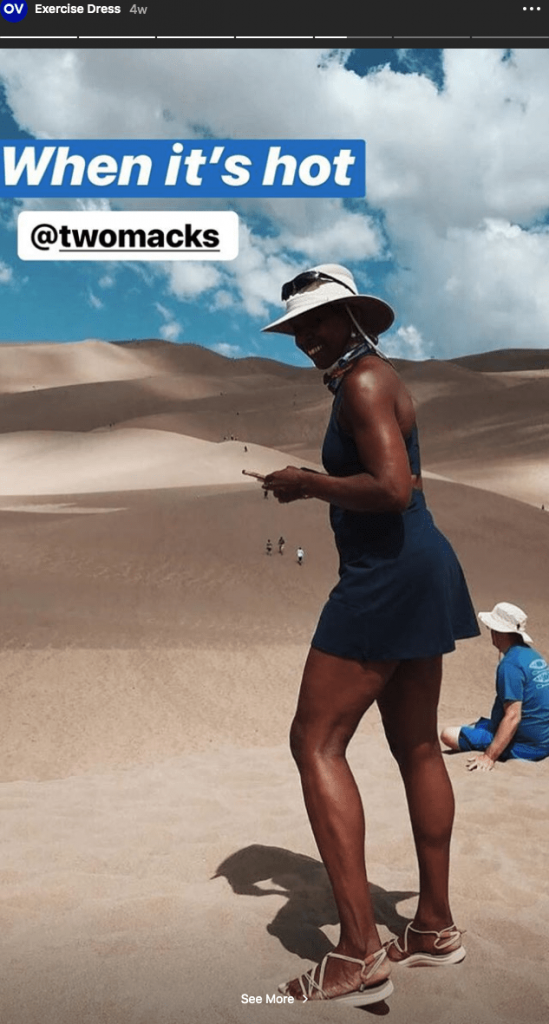Social marketing may have come of age, but the balance between commerce and authenticity, between science and art, has never been more important for selling on Instagram. While the platform continues to make it easier for companies and entrepreneurs to sell their products, the social media giant also wants to ensure that a deluge of eCommerce doesn’t deter its one billion monthly users in their quest for authentic connection and stories.
Fortunately for socially savvy businesses, most of those users also come to Instagram to shop and engage with brands. More than 80% of all Instagram accounts follow at least one business on the platform, and the average eCommerce order from the platform is $65, significantly higher than other social media channels. But with 2 million monthly advertisers on Instagram, the competition for thumbs and eyeballs is tougher than ever.
Breaking through the noise with authentic content that moves the revenue needle requires a left- and right-brained approach. If you want to learn how to sell on Instagram without diminishing the love for your brand, these tips will show you how to get the balance—the art and the science—just right.
The Art
1. Tell A Story With UGC
Companies of all sizes and industries have learned the power of storytelling in their marketing plans. Ideally, these stories should feel human and genuine and give us a snapshot of why your brand matters in the first place. And when it comes to selling your product on social media, the story should demonstrate how your products are used—and adored—by real people in the real world. User-Generated Content (UGC) plays a critical role in finding and telling such relatable, authentic stories.
Each social media platform has its own storytelling requirements. The Instagram Stories feature, launched in 2016, allows businesses and users to share moments of their day—captured as photos and videos—and have them appear in a slideshow format. Like Snapchat, these stories are designed to be ephemeral and dissolve into the digital ether after twenty-four hours. All kinds of brands have mastered the art of storytelling—and selling products—on the canvas that Instagram provides. They seize the opportunity that comes with the 500 million daily users who consume Instagram Stories and the higher than average engagement rates that come with the format.
Outdoor Voices, which specializes in selling clothes on Instagram, does a great job of using Instagram Stories to showcase real people going about their adventurous and regular lives, while also deftly positioning products.
2. Think Visually & Authentically
Traditionally, branded content often includes carefully polished visuals with high production value. While there is absolutely a place for carefully staged photography and finely produced video on Instagram, those engaging with the platform tend to favor images and scenes that feel less like marketing and more like real life. This approach might include images of how your product comes to life from fans and followers (UGC), behind-the-scenes photos that provide a glimpse into the world of your company and employees, or DIY videos and photos where regular people find new ways to use your products. Visual content from influencers and motivational messages are also a great way to spike and cement interest in your brand.
When it comes time to produce and upload your own photographs of your products, you should keep in mind the best practices for visuals on Instagram. Images perform better when they have a background, include some texture, have a single dominant color, and favor lighter colors over darker ones. The images should be sharp, focused and centered. And while landscape images can be powerful and compelling, portrait images give marketers the most bang for their buck, since they allow more viewable space within the Instagram feed. The recommended size is 1080 pixels wide and up to 1350 pixels tall.
Converse is an expert at creating an atmosphere of unaffected cool on Instagram. The brand works hard every day to cultivate their authentic image on social media. In the post below, the power of behind-the-scenes meets the power of influencers in a single candid image.
View this post on Instagram
True story: @idriselba flew from London to Ibiza, shot a film with us in a very hot auto garage, then DJ’d at one of the world’s biggest clubs that night. As one does. #ChuckStories
3. Embrace Your Brand’s Unique Voice & Style
However your company is in conversation with the world, you want the message and the tone to sound and feel like your brand. Whether the voice and style is inspirational, playful or informational, Instagram is a place to bring your brand identity to life in a holistic and creative way for your community. Consistency not only builds brand recall but it strengthens the connection people feel with your story and product.
Every post on Instagram adds to the breadcrumb trail of your brand presence on the platform, so creating a set of design templates can streamline the process of regularly posting (remember: the Instagram algorithm favors brands that post at least once a day). Products like Canva and Pablo make it easy to replicate Instagram images that successfully evoke your brand identity. It might be a particular kind of color, or border, or treatment, but you might also have rules around what kinds of images to include in the first place (e.g., people in action who don’t look like they’re posing). You might even create a playbook of captions that are on brand, a set of examples for your social marketers to follow as they bring your brand to life each day.
Tentsile bills itself as selling the world’s most innovative portable treehouses and tents. Their presence on Instagram is always playful, innovative and inspiring. They sell you on the image, then give you the buying details and deals right alongside.
The Science
1. Power Instagram with Social Proof
According to AdWeek, 93% of consumers report UGC to be helpful when making purchase decisions. But the kind of social proof provided by happy, satisfied customers needs to be managed and curated. And it’s most effective when used as part of an omnichannel strategy—deployed across websites and landing pages and social media—so that every step of the buyer journey is fueled by customer satisfaction.
Because each social platform has its own unique requirements for selling, your brand will need to develop a strategy for how to best make use of UGC in each channel. Instagram, for example, offers multiple ways to sell products, from organic posts with product tags to paid ads that appear within a user’s stories or newsfeed. Meanwhile, Instagram Checkout, now in beta, will mean that users can soon complete their purchases without ever leaving the platform.
This recent development means that brands will have less opportunity to drive users back to their own sites, where they control the buyer journey. The importance of including UGC photos and videos within the Instagram Checkout experience will only increase—since it will act as social proof at precisely the moment when it matters most. Continuing to repurpose this same UGC content across your own homepage, product pages and review pages, will support the buyer journey everywhere with trustworthy and helpful information.
Airbnb sets the gold standard for putting User Generated Content to effective use on Instagram. Scrolling through their main Instagram feed is like viewing a portfolio of worldwide guests and hosts. It’s the best way to tell the story of unique journeys and accommodations.

2. Sell Smarter with Hashtags, Hyperlinks and Product “Labels”
Posting an authentic, powerful image or video on Instagram boosts engagement, but if your followers don’t know you’re having a flash insta sale, a contest, or selling a new product, your social campaigns will come up short. Applying tags and links thoughtfully can mean the difference between a thumb-stopping sale and a cool image streaming by.
Hashtags may seem like a small and frivolous detail but they measurably boost a post’s engagement. They categorize content and make it discoverable to people looking for stories about #GameofThrones or #shoelover. Since hashtags are searchable and clickable, brands can often bring in new audiences by using them well. A set of good hashtags plays nicely with the brand’s voice and style but you can also boost results by including a mix of high and low volume tags (within an Instagram business profile, you can see how many posts have used a particular tag). The popular tags ensure that you benefit from the volume tailwind, while the rarer tags make it more likely your post is seen by the low-volume, high-intent crowd.
Hyperlinks and product tagging are similarly important for converting an image to a sale. Since the only space where Instagram allows a tappable, external link is in the bio, brands should be thoughtful about displaying an easy-to-remember URL to a website or landing page. By using a short and simple URL, you can also leverage stickers to make your memorable web address part of an image.
Meanwhile, there are a few different ways to create product “labels” within Instagram. The first is to use product stickers within your post or story. When one of your followers clicks on the sticker, they can access the details on a corresponding product page and even click through to a landing page on your own domain. Another way to identify a product in an image is to use Instagram product tags. Once they’re applied, a user simply sees a “tap to view products” button that reveals product details. Once they click on a product name, they head to a product page and can click onto your landing page from there. Hotspots, which can be applied within a UGC platform like TINT, allow you to imbed multiple pieces of information within the same image and use it across multiple channels.
Nordstrom often likes to keep their Instagram posts uncluttered, leaving the heavy duty product tagging to their dedicated shopping gallery. But their product post CTAs always direct users to their streamlined shopping URL
(like2b.uy/nordstrom) with something like “Learn more and shop at link in bio” or “#linkinbio to shop.” Compare the tag-less Instagram post below with the fully tagged version in the shopping gallery.
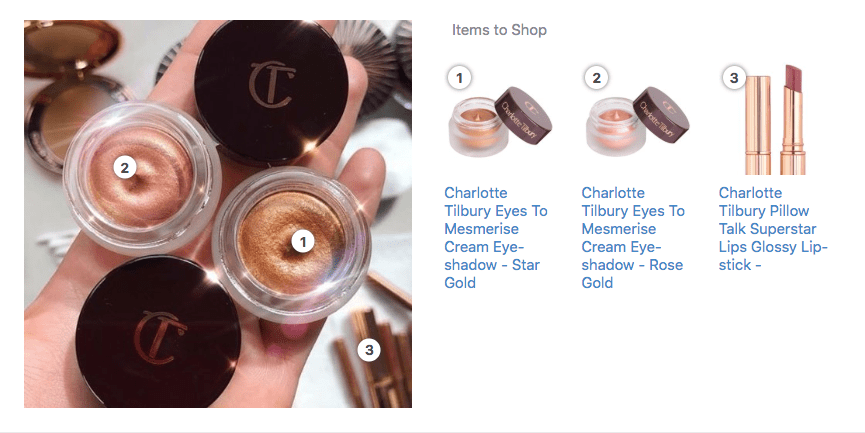
3. Beginning to Measure ROI
Because Instagram is primarily a discovery tool, social marketers should understand that revenue from product sales might be the simplest way to measure the impact of a campaign, but it’s only part of the picture. By posting engaging, authentic and UGC-fueled content on Instagram, your brand benefits from a whole host of intangibles, including boosting awareness, interacting with your customers in new ways, and strengthening consumer loyalty over time. For the more number-centric members of your team, it’s also possible to generate meaningful KPIs from your company’s Instagram account, including organic and paid impressions, the growth rate of your follower base, and content engagement rate. There are different ways to measure content engagement, but one way is to add likes and comments and divide the total by the number of followers. That will give you your average engagement rate and provide something substantive to share with the KPI crowd.
Conclusion
As the number of daily social media users engaging with each other—and brands—climbs into the billions, it’s only natural that companies want to learn how to better sell their products on Instagram. But selling on social is different. It requires a fresh mindset, a blend of art and science. On Instagram, this rich middle ground allows you to take advantage of both targeted eCommerce and authentic storytelling, where your customers and their passion for your products is your biggest asset. Brands who are able to master this approach will continue to reap the rewards of social media’s continued meteoric rise.


